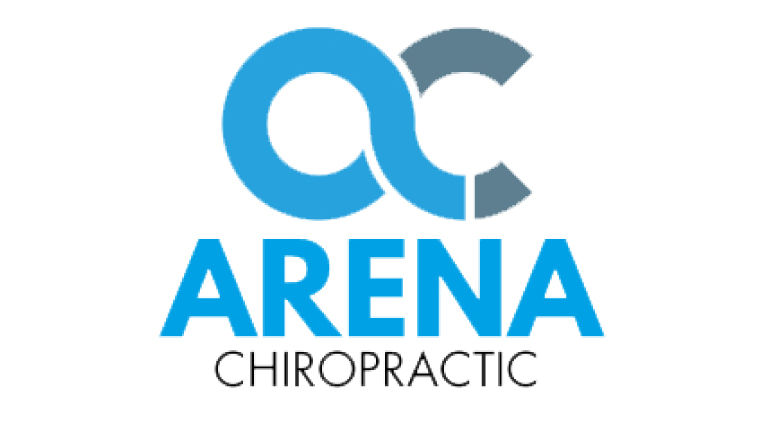Chronic knee pain is notoriously difficult to treat successfully. Persons with these problems often become discouraged as they shuttle from specialist to specialist, from rheumatologist to orthopedic surgeon to physical therapist to acupuncturist and back again. Lack of progress and improvement becomes understandable when one considers that typical evaluation and treatment are directed at the symptoms. But with chronic knee pain, and many other pain syndromes, actual benefits may be obtained by addressing underlying biomechanical problems.
Faulty biomechanics are at the root of many ongoing knee problems. Of course, various other diseases and orthopedic conditions may cause the same type of chronic pain. The most likely of these possibilities need to be considered and ruled out before a diagnosis of biomechanical knee pain is established. Osteochondritis dissecans, a torn meniscus, and synovial effusion are all frequently encountered in persons over age 40 with chronic knee pain. Rheumatoid arthritis, lupus, and ankylosing spondylitis are a few rheumatologic conditions which may result in sporadic or chronic knee pain.1
When these medical entities have been eliminated as possibilities, a biomechanical causation becomes probable. How does a person develop “faulty biomechanics”? In fact, most of us have never received effective instruction in how to use our bodies. We stand and sit in all kinds of unsound postures, slouching and slumping and generally giving in to every available force of gravity. We stand with all our body weight on one leg, neck and shoulder muscles gripped tightly and abdominal muscles sagging and protruding. When we sit we slump down, stressing the lower back with poorly tolerated mechanical forces, or sit for hours with legs crossed, stressing the lower back, hips, and knees.
Over the course of a lifetime, our bodies have continually tried to adapt to a range of inefficient and stressful postures and habits. But eventually no more adaptation is possible.2 As a result joints, muscles, ligaments, and tendons break down and fail. We experience this failure as pain. And once this type of pain has started, it is not going to go away unless the underlying causes are corrected. Specifically, the person’s biomechanics need to be restored closer to normal.
Correction of posture takes time and can only be accomplished gradually. The key is to learn what to do, learn how to do it, and to be working on posture every day.3 The most important thing is to begin. Three basic biomechanical corrections are as follows: (1) When standing, be sure to have your weight over the balls of your feet and to have your weight evenly distributed on both legs. (2) Activate your deep abdominal muscles by visualizing an “inner lift”. (3) Have straight lines of force running down your legs (rather than lines of force crossing at your knee, creating torsion and tension). Visualize “straight energy” flowing from your hip sockets, straight down through the center of your knees, straight down to your feet, between your first and second toes.
Visualizing and implementing these three biomechanical corrections on a daily basis represents the first series of steps toward improving knee mechanics and reducing chronic knee pain.
1Yusuf E, et al: Do knee abnormalities visualised on MRI explain knee pain in knee osteoarthritis? A systematic review. Ann Rheum Dis 70(1):60-67, 2011
2Suri P, et al: Low back pain and other musculoskeletal pain comorbidities in individuals with symptomatic osteoarthritis of the knee: data from the osteoarthritis initiative. Arthritis Care Res (Hoboken) 62(12):1715-1723, 2010
3Bennell KL, Hinman RS: A review of the clinical evidence for exercise in osteoarthritis of the hip and knee. J Sci Med Sport 14(1):4-9, 2011




